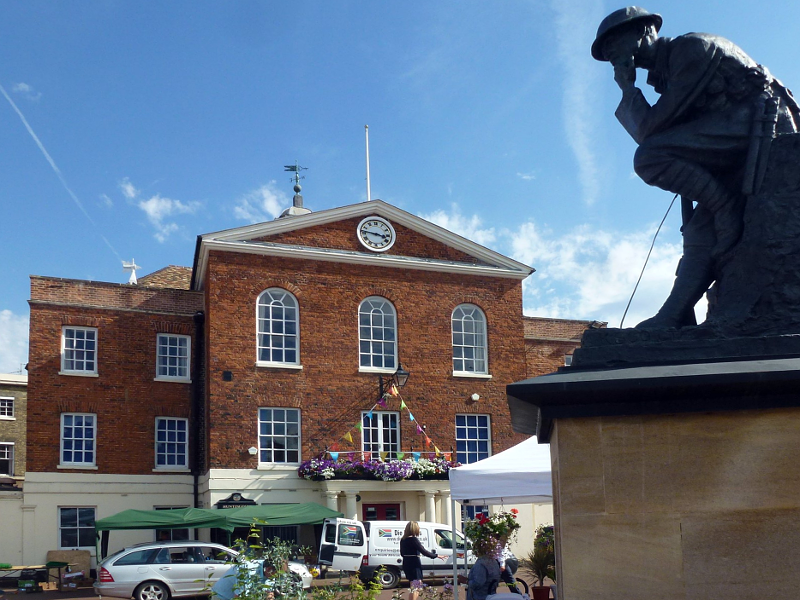 |
| The Railway Man |
It stars Colin Firth and Nicole Kidman and is a marvellous story of redemption, forgiveness, freedom and life. It's based on real events and real people.
Eric Lomax (Colin Firth) is an ex-soldier. He had served in the British Army in Singapore at the time when the Japanese captured the city. As Japanese prisoners, he and his fellow servicemen suffered most terribly while constructing the railway through Thailand and Burma (the railway made famous by the film 'Bridge over the River Kwai').
Memories and freedom - Lomax was always fascinated by railways but couldn't forget or deal with his secret memories of wartime captivity and torture. He met Patti (Nicole Kidman) on a train journey in northern Britain and they fell in love. Later they married, but Eric's past haunted him until a friend discovered that Takashi Nagase (Hiroyuki Sanada), the Japanese interpreter who had assisted in his interrogation, was alive and working as a museum guide on the railway in Thailand.
Eric travels to Thailand and arrives unannounced; the two men meet and a tense exchange takes place. Through this experience Eric is able to move forward in his life. Later, when a letter arrives from Hiroyuki, Eric decides he must go to Thailand again, this time with Patti.
Some parallels - 'The Railway Man' is a great film and a wonderful story. Like all good stories it contains elements of human life at its most gripping and poignent [Tweet it!]. Wisdom, anguish, love, grace and forgiveness are all clearly portrayed.
Because of this, the story has many parallels with the greatest story of them all - the story of a powerful father who sends his one and only son to bring grace, love and forgiveness to a lost and desperate people so that darkness may be replaced by light and death may be overcome by life. These themes are eternal and significant.
Questions:
- Have you seen 'The Railway Man'? What did you think?
- What other films would you recommend? Do any of them provoke thoughts on deep human experiences and eternal truths?
- All stories are worth hearing, all stories contain truth. Is this statement true or false?
See also:
- Bridge over the River Kwai - Wikipedia
- Burma Railway, The - Wikipedia
- Eric Lomax - WIkipedia
- Law or grace? - Journeys of heart and mind
- Railway Man, The - Wikipedia
- Singapore - Wikipedia






